Back to Courses
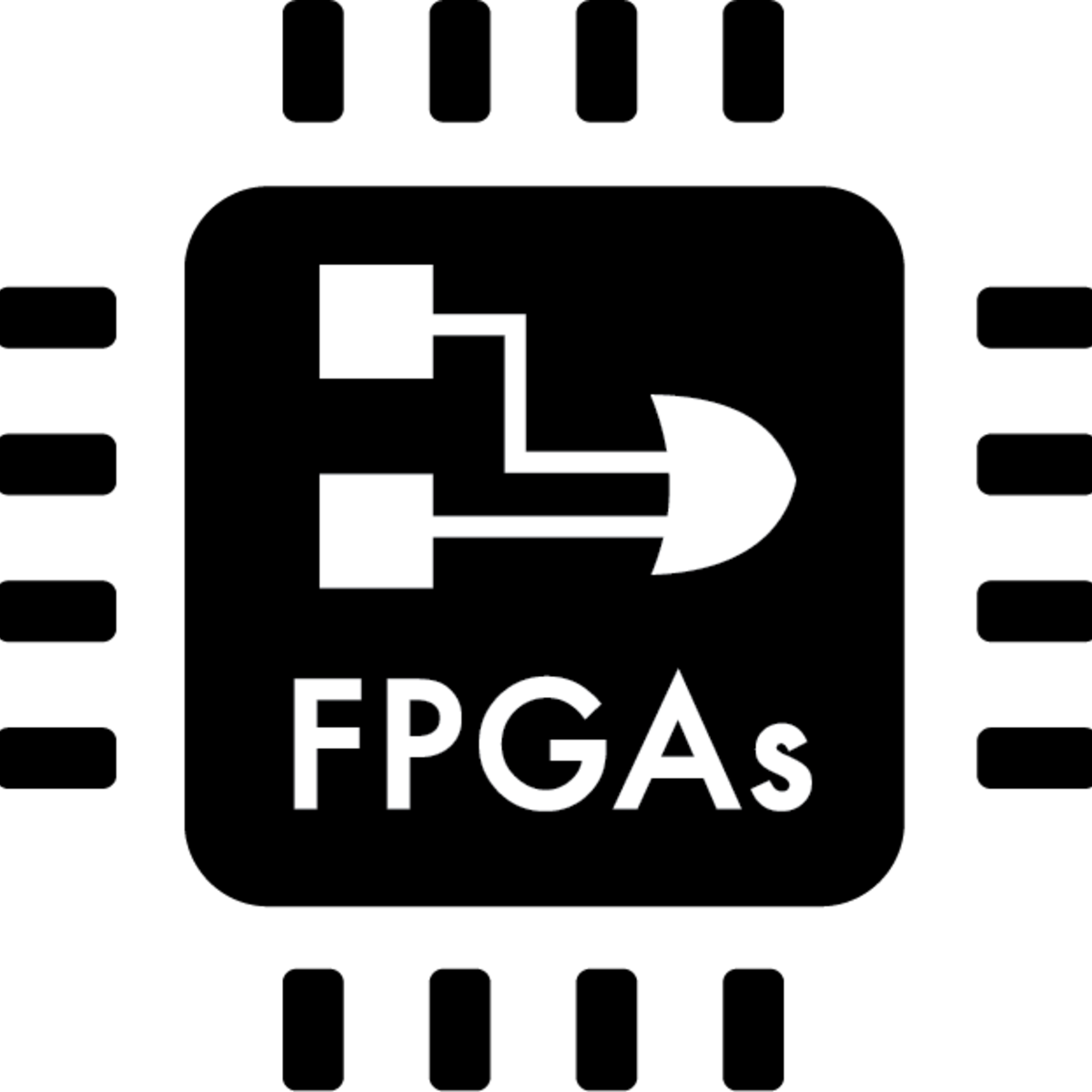

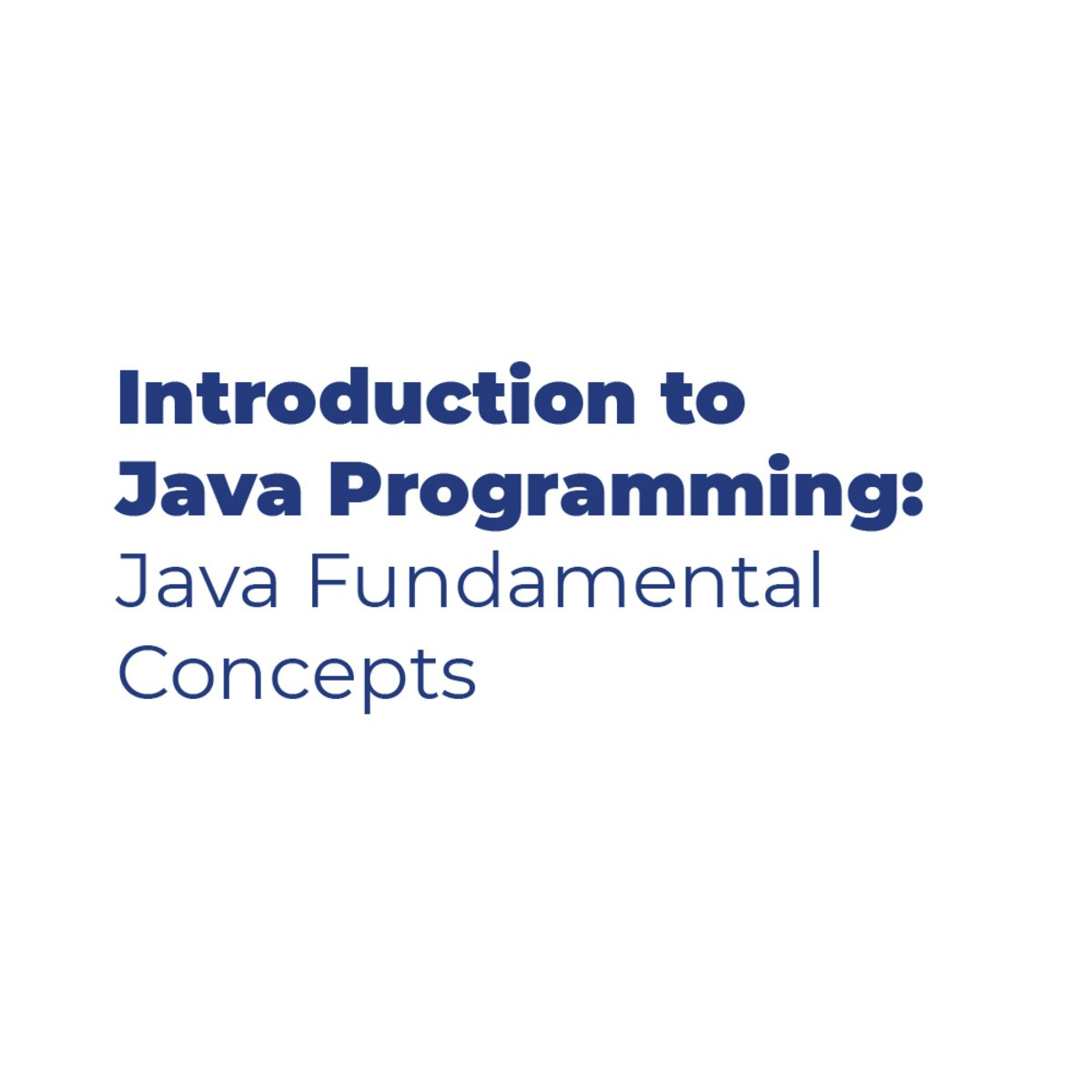
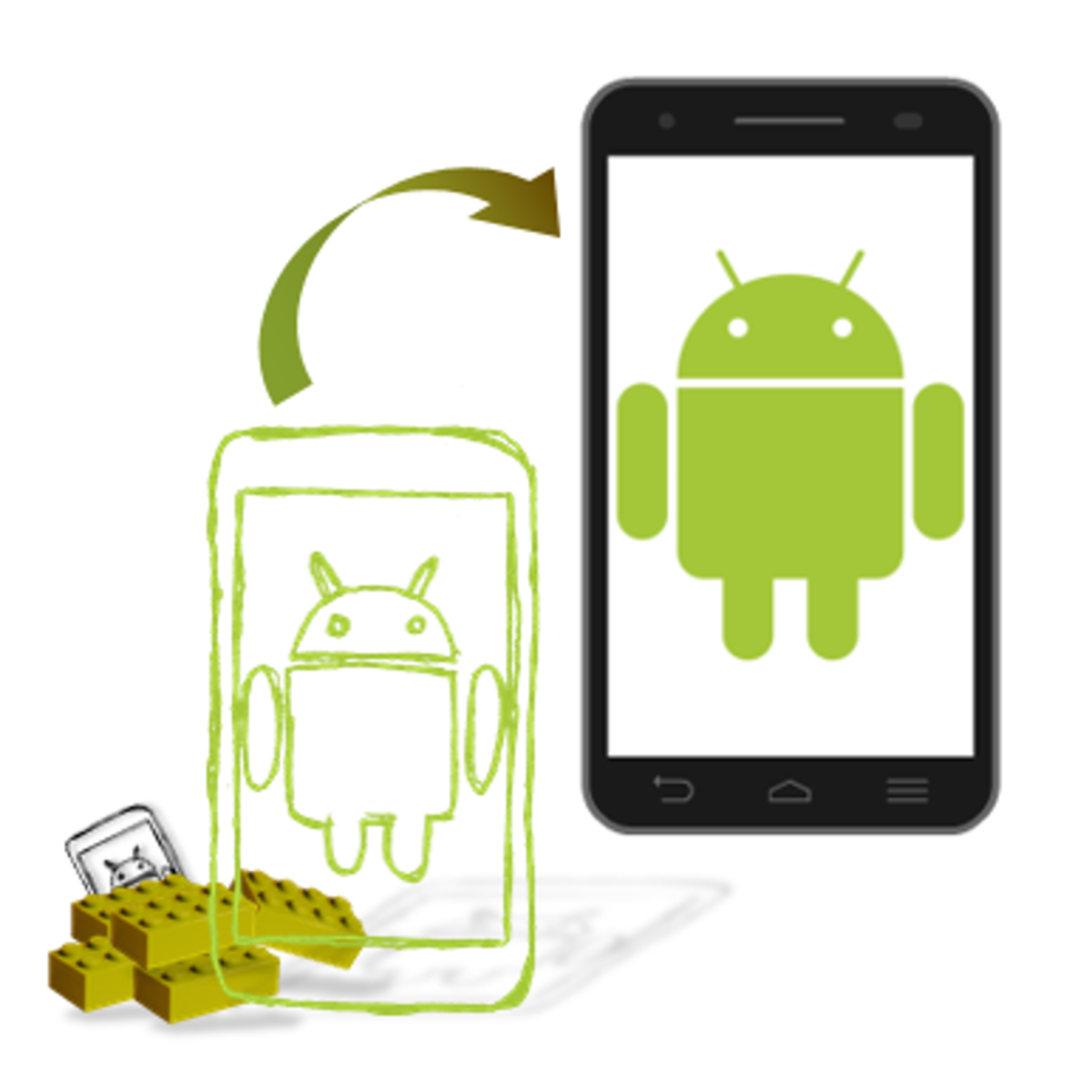



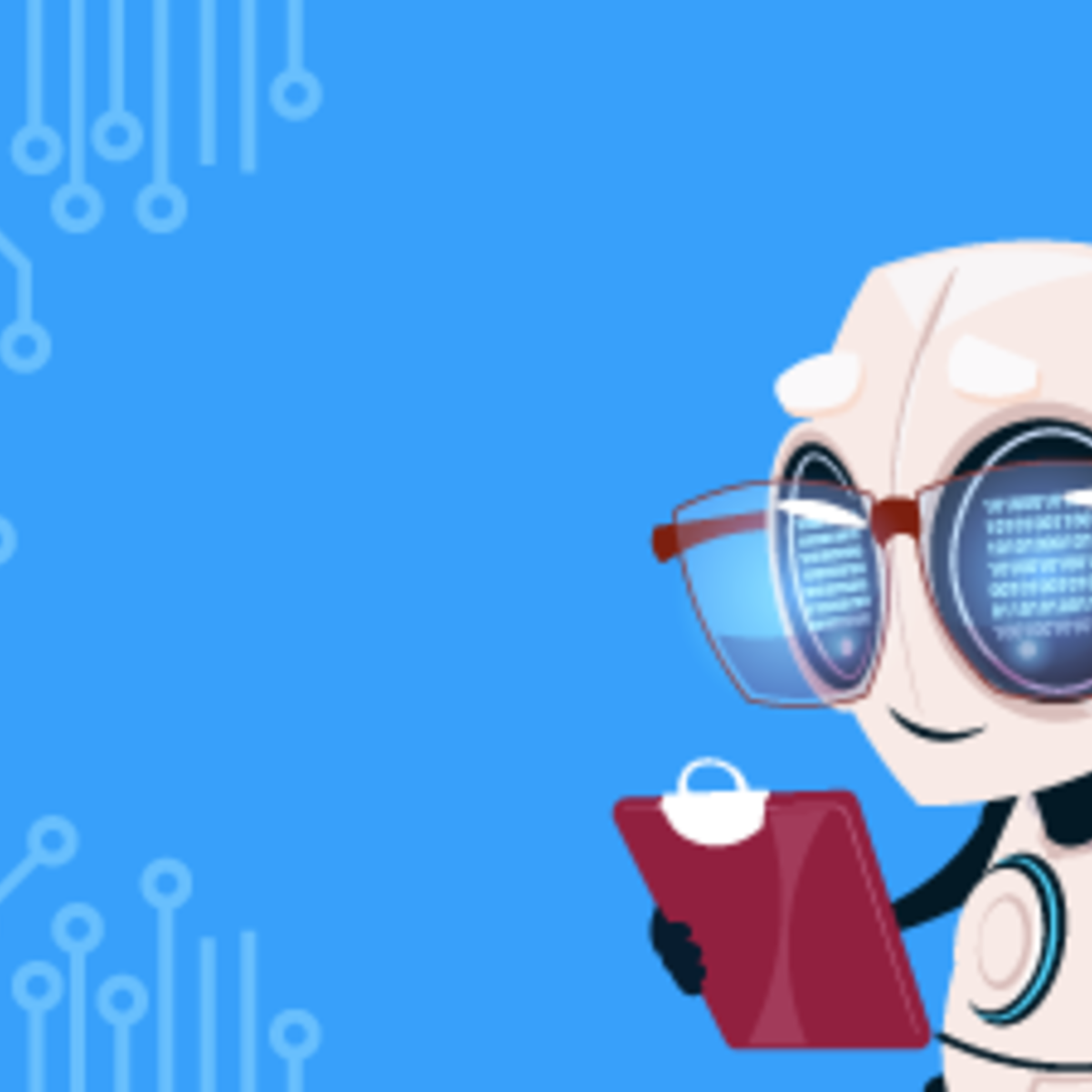
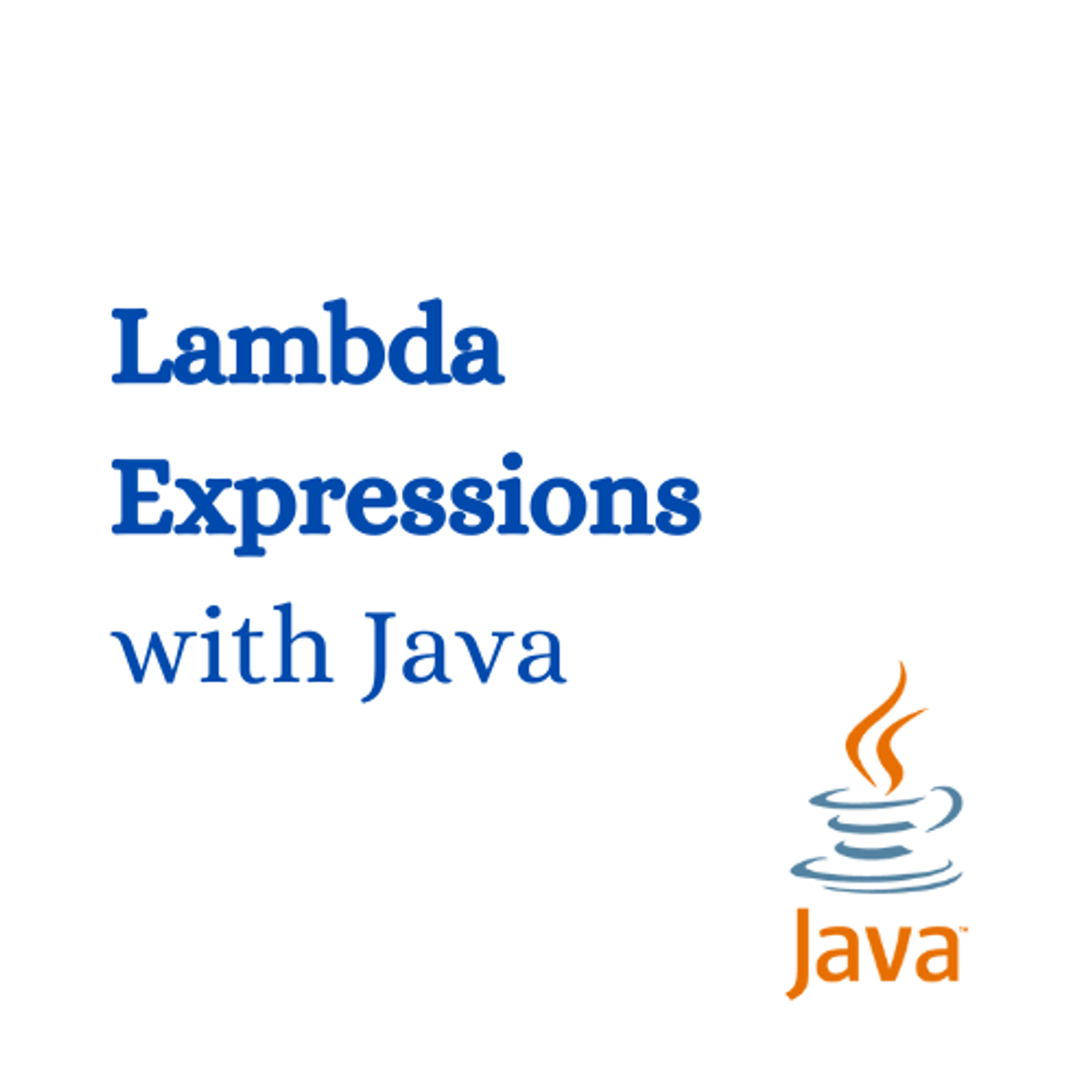
Computer Science Courses - Page 194
Showing results 1931-1940 of 2309

The Raspberry Pi Platform and Python Programming for the Raspberry Pi
The Raspberry Pi is a small, affordable single-board computer that you will use to design and develop fun and practical IoT devices while learning programming and computer hardware. In addition, you will learn how to set up up the Raspberry Pi environment, get a Linux operating system running, and write and execute some basic Python code on the Raspberry Pi. You will also learn how to use Python-based IDE (integrated development environments) for the Raspberry Pi and how to trace and debug Python code on the device. Please note that this course does not include discussion forums.
Introduction to FPGA Design for Embedded Systems
This course can also be taken for academic credit as ECEA 5360, part of CU Boulder’s Master of Science in Electrical Engineering degree.
Programmable Logic has become more and more common as a core technology used to build electronic systems. By integrating soft-core or hardcore processors, these devices have become complete systems on a chip, steadily displacing general purpose processors and ASICs. In particular, high performance systems are now almost always implemented with FPGAs.
This course will give you the foundation for FPGA design in Embedded Systems along with practical design skills. You will learn what an FPGA is and how this technology was developed, how to select the best FPGA architecture for a given application, how to use state of the art software tools for FPGA development, and solve critical digital design problems using FPGAs. You use FPGA development tools to complete several example designs, including a custom processor. If you are thinking of a career in Electronics Design or an engineer looking at a career change, this is a great course to enhance your career opportunities.
Hardware Requirements:
You must have access to computer resources to run the development tools, a PC running either Windows 7, 8, or 10 or a recent Linux OS which must be RHEL 6.5 or CentOS Linux 6.5 or later. Either Linux OS could be run as a virtual machine under Windows 8 or 10. The tools do not run on Apple Mac computers. Whatever the OS, the computer must have at least 8 GB of RAM. Most new laptops will have this, or it may be possible to upgrade the memory.

Create PDF Balance Report using HTML, Excel & Power Automate
Every company must create various documents and reports for its accountants every month and employees spend a lot of time creating them manually. For example, when it comes to a monthly balance report, employees must keep a record of all outflows and inflows of money (usually in Excel) and manually create documents and reports that are sent to the accountant for further processing. You can imagine how exhausting and time consuming it is. Thankfully, we can leverage Power Automate functionalities and automate document creation with all needed calculations.
This Guided Project "Create PDF Balance Report using HTML, Excel & Power Automate" is for any business professional who is looking to automate any kind of document or report creation.
In this 1-hour long guided project, you will learn how to use OneDrive, Excel, HTML and Power Automate to automate a monthly balance report creation. You will also create a Power Automate flow to send that report by email. What’s great about Power Automate is that anyone can learn to use it regardless of their educational background!
Since this project uses Power Automate (part of the Microsoft Power Platform), you will need access to a Microsoft account and a Microsoft 365 Developer Program subscription. In the video at the beginning of the project you will be given instructions on how to sign up for both.
If you are ready to make your and your colleagues’ lives easier by starting to automate manual, time-consuming processes which are hard to track, then this project is for you! Let's get started!

Introduction to Java Programming: Java Fundamental Concepts
In this 1h 40 minutes long project-based course, you will learn how to navigate and use the NetBeans IDE to create Java projects, packages and programs, declare and use Java Datatypes & Identifiers, work with Java Operators, work with Java Decision Making Constructs, work with Java repetition/Looping Constructs, declare and use Java Arrays, as well as work with the Java Exception Handling mechanism. Once you've successfully completed this project, you should comfortably start learning how to work with mobile application development using Java or delve into advanced Java courses.
Note: This course works best for learners who are based in the North America region. We’re currently working on providing the same experience in other regions.

Build Your First Android App (Project-Centered Course)
What you’ll achieve:
In this project-centered course*, you’ll design, build, and distribute your own unique application for the Android mobile platform. We’ll provide you with a set of customizable building blocks that you can assemble to create many different types of apps, and that will help you become familiar with many important specificities of Android development. When you complete the project, in addition to having a personalized app that you can use and share, you’ll have the skills and background you need to move on to more advanced coursework in Android development.
What you’ll need to get started:
This project-centered course is designed for learners who have some prior experience programming in Java, such as an introductory college course or Coursera’s Java Programming Specialization (https://www.coursera.org/specializations/java-programming).
You will need a computer with a stable Internet connection, but you will not need an Android phone - we’ll use free software that you can use to emulate a phone on your computer. We'll use Android Studio as IDE; it is compatible with most computer and operating systems. You can find detailed system requirements here: https://developer.android.com/sdk/index.html#Requirements.
*About Project-Centered Courses: Project-centered courses are designed to help you complete a personally meaningful real-world project, with your instructor and a community of learners with similar goals providing guidance and suggestions along the way. By actively applying new concepts as you learn, you’ll master the course content more efficiently; you’ll also get a head start on using the skills you gain to make positive changes in your life and career. When you complete the course, you’ll have a finished project that you’ll be proud to use and share.
Time: 10 hours of study, 10 hours of active project work

Preparing and Aggregating Data for Visualizations using Cloud Dataprep
This is a self-paced lab that takes place in the Google Cloud console.
Dataprep by Trifacta is Google's self-service data preparation tool built in collaboration with Trifacta. In this lab you will learn some more advanced techniques with Dataprep.

Securing Web Applications with Web Security Scanner
This is a self-paced lab that takes place in the Google Cloud console.
Web Security Scanner identifies security vulnerabilities in your Google App Engine web applications. It crawls your application, following all links within the scope of your starting URLs, and attempts to exercise as many user inputs and event handlers as possible.
The scanner is designed to complement your existing secure design and development processes. To avoid distracting developers with false positives, the scanner errs on the side of under reporting and will not display low confidence alerts. It does not replace a manual security review, and it does not guarantee that your application is free from security flaws.
In this lab, you will learn how Web Security Scanner helps identify vulnerabilities and surfaces those vulnerabilities as findings in Security Command Center to provide near realtime visibility into your organization's security posture.

Mitigating Security Vulnerabilities on Google Cloud
In this self-paced training course, participants learn mitigations for attacks at many points in a Google Cloud-based infrastructure, including Distributed Denial-of-Service attacks, phishing attacks, and threats involving content classification and use. They also learn about the Security Command Center, cloud logging and audit logging, and using Forseti to view overall compliance with your organization's security policies.

Building AI Applications with Watson APIs
A learner will be able to write an application that leverages multiple Watson AI services (Discovery, Speech to Text, Assistant, and Text to Speech). By the end of the course, they’ll learn best practices of combining Watson services, and how they can build interactive information retrieval systems with Discovery + Assistant.

Lambda Expressions with Java
By the end of this guided project, you will be able to identify and use lambda expressions in different ways using Java and Eclipse. Java is one of the most in demand programming languages, and using lambda expressions you will be able to use functions in a more efficient way. In this guided project, you will identify the Lambda Expression’s syntax, and you will walk through examples using lambda with Java collections, streams and threads. You will also be able to identify and apply functional interfaces and the most commonly used ones. This is for intermediate programmers interested in improving their technical skills and learning something new it will put you on the right track to solidifying your career as a java developer
